 |
|
 |
|
 |
|
 |
|
 |
|
 |
|
 |
|
 |
|
 |
|
 |
|
 |
|
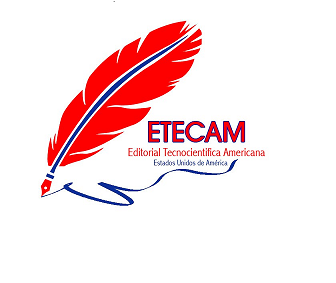 |
|
History
Sinergia Académica journal emerged in 2018. It is a publication of the Editorial Tecnocientífica Americana. Its source of financing is the Editorial Tecnocientífica Americana.
Mission
Sinergia Académica publishes scientific articles generated from research results in the different branches of science and technology. Its main mission is to promote, foster and disseminate the results of scientific research.
Approach and scope
Sinergia Académica is a quarterly scientific publication that is adhered to the philosophy of open access. It publishes in the last week of January, April, July and October of each year online. It belongs to the editorial group Etecamsa (Editorial Tecnocientífica Americana & Sinergia Académica) and is multidisciplinary and assigns DOI to each article.
Sinergia Académica is a multidisciplinary journal that publishes articles generated from research results in the different branches of science. Its main mission is to promote, foster and disseminate the results of scientific research by scholars from all over the hemisphere.
It publishes scientific articles, in Spanish, Portuguese, and English, that are products of scientific research concerning analyses or controversies about contemporary theories, social facts, current debates, and case studies that enrich and offer a new theoretical perspective to the various disciplines, particularly in the field of the Social Sciences, Arts and Humanities, Natural and Exact Sciences. It integrates a community of researchers with interests in such profiles and develops collaborative spaces in the field of knowledge management for the development of society through the socialization of scientific results.
It is aimed at researchers, teachers and practitioners from the scientific community interested in the subject matter of the publishing house. Its Scientific Committee is made up of well-known external researchers, who carefully select the articles through a double-blind arbitration system.
Sinergia Académica is part of:
Redalyc, Dialnet, ProQuest, Google académico, Library of Congress, Road, Directory of Research Journals Indexing, Crossref, NARIC, Research Gate, International scientific Indexing, Sciencegate, Scilit, NSD, Cobal Metrics, ROAD, Index copernicus, Proquest, EBSCO, ULRICH´S, Sherpa Romeo y MIAR.
The average manuscript turnaround time is about 12 weeks between the date of reception and its possible publication.
Sinergia Académica does not charge for processing or sending articles; in other words, receiving, judging and publishing are free of charge for the authors.
Sinergia Académica has as its objective the dissemination of research articles in the field of Social Sciences, Arts and Humanities, Natural and Exact Sciences. It includes as preferential lines:
Our purpose is to achieve a high level of scientific quality, without detracting from the clarity of the exposition, in order to promote communication between the different lines of specialization existing within the Social Sciences, Art and Humanities, Natural and Exact Sciences; and thus facilitate dialogue and understanding. This quality is guaranteed by:
A Scientific Committee made up of well-known national and international researchers.
A careful selection of articles. For this selection, we request from editors, evaluators, readers and authors, a special attention to the expositive clarity in the communication of the results of the works and a strict follow-up of the following publication criteria.
Digital Preservation Policy
The International Conference "Preservation of Digital Information in the Information Society: Problems and Perspectives", held in Moscow from October 3-5, 2011, unanimously adopted the final document of the Conference, the Moscow Declaration on Digital Preservation. The Declaration highlights the importance of the issues raised at the conference and provides a set of actions and efforts to be taken in areas such as policy, awareness and education, scientific research, the economy, the ICT industry, collaboration and coordination.
The Sinergia Académica journal bases its digital preservation policy on the guidelines established by the aforementioned conference and on those indicated by the International Institute for Educational Research and Technological Development INDTEC, C.A., sponsor of the Scientific Journals, through digital preservation methods. In this way, the intellectual content of the electronic documents is assured for long periods of time; their attributes are maintained: integrity, authenticity, inalterability, originality, reliability and accessibility; in other words, they remain usable and unaltered through time.
Differences between preservation and backup
It must be understood that digital preservation is different from backup. What is to be preserved is not the same as what is to be backed up. In this sense, it is conceptualized:
Backups are a protection against catastrophic events. What is saved as a backup in a digital library are basically two objects: on the one hand, the information published on the server (digital resources plus catalog information) and, on the other hand, the digital resources in the process of being edited. The backups can follow several methods: integral copy, incremental copy or rotary copies, for example, and the periodicity is generally high (daily or weekly).
Digital preservation, however, is not about backing up server data or everyday working material, but about safeguarding the high-quality digital resources that will be needed in the future - a public access library is created with automatically generated formats. The method is usually the full recording of the material once a year or every year and a half in another new medium (renewal).
In both cases, mechanisms are used to control the integrity of the data at the time of making the copies, through redundancy algorithms that verify that the data is maintained as it has been recorded.
In this sense, Sinergia Académica conditions the digital integrity since, on the one hand, it has diagnosed the possible causes of defects in the digital information or loss of data such as: management errors and negligence, technical and mechanical failures, operator errors, viruses, unauthorized and undocumented changes, software obsolescence or incompatibility, loss of programs, incomplete metadata, aging of information. On the other hand, it has developed a digital preservation strategy that integrates the following procedures
Storage. Sinergia Académica stores digital resources with great care.
Self-documentation. Sinergia Académica preserves the information without reference to external documentation.
Sinergia Académica minimizes the dependencies of systems, data or documentation.
Documentation of the type of content. Sinergia Académica uses the LOCKSS digital preservation system (http://www.lockss.org/), from Stanford University. It offers digital preservation services, in open source, with the objective of providing and permanently preserving access to the digital content generated through our publication. In addition, it allows digital content to be shared securely among participating libraries.
Hybrid approach. Sinergia Académica uses this typology so as not to assume a reductionist position in the face of a phenomenon of conspicuous importance on a global scale.
Sinergia Académica guarantees that there is more than one copy in the computer and another in the rest of the computers of the Editorial Tecnocientifica Americana.
Every five years Sinergia Académica makes data transference to new storage media.
Sinergia Académica packages the information to be preserved together with descriptive metadata.
Emulation. Sinergia Académica allows the original software to be used without the need for the original system that executed it to continue to exist. Emulation forces to preserve an important amount of information. Sinergia Académica preserves the emulator, the operating system, the application and the data.
Migration. Sinergia Académica converts information into new formats. It is a measure against obsolescence.
Digital Archaeology. Sinergia Académica applies an information recovery process from damaged, fragmented or archaic data sources. It is the solution when due care has not been taken and the information has been spoiled.
Digital formats. Sinergia Académica stores information in formats that are widely used today. This increases the probability that when a format becomes obsolete there are still programs for its conversion, we use: EPUB, PDF.
In short, Sinergia Académica journal carries out systematic preservation actions, such as: data rejuvenation, consistency checks, migration, emulation, technology preservation and digital archaeology.

Copyright © 2021.![]()
Sinergia Académica publishes under the licenses:
Creative commoms Attribution-NonCommercial-ShareAlike 3.0 Unported (CC BY-NC-SA 3.0)
Open Access Budapest Open Access Initiative | Spanish Translation
Indexed in:
| Databases |  |
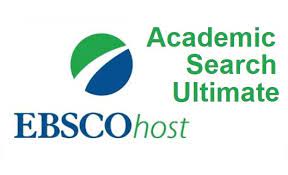 |
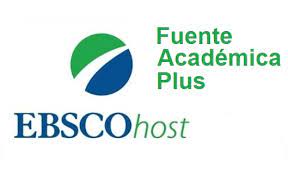 |
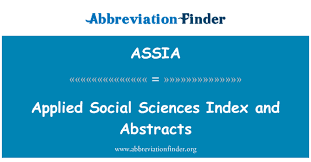 |
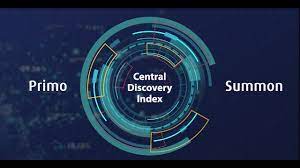 |
 |
|||
 |
 |
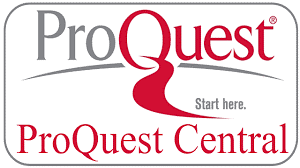 |
 |
||||||
 |
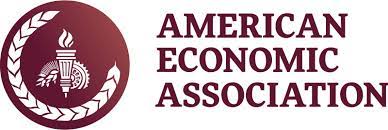 |
 |
 |
 |
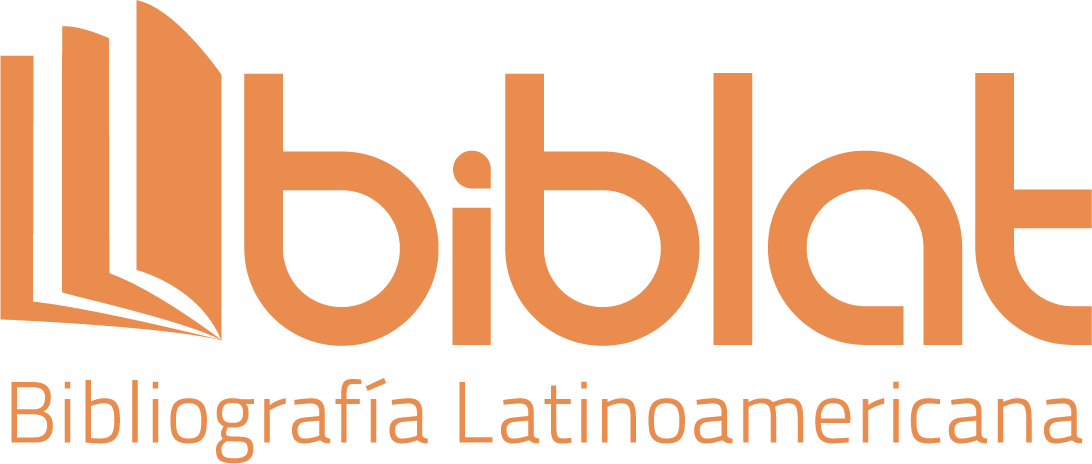 |
||||
| Directory | |||||||||
 |
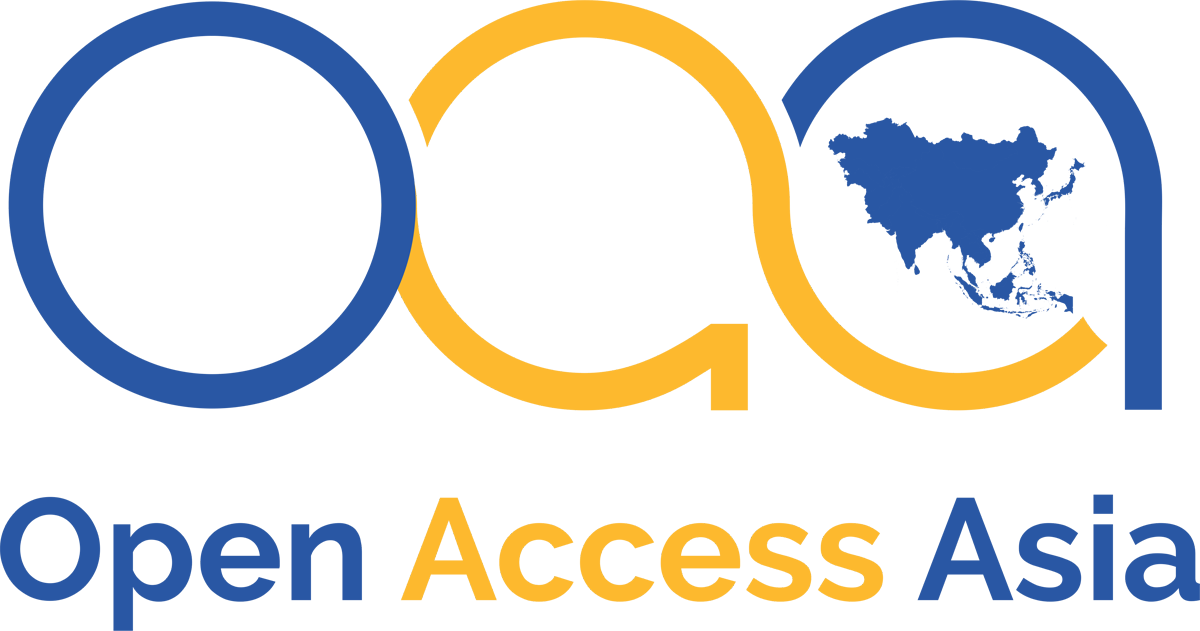 |
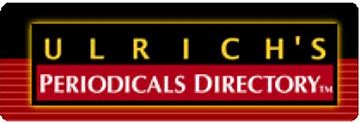 |
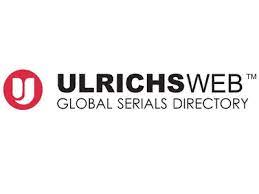 |
 |
 |
 |
|||
| Broadcasting Portal | |||||||||
 |
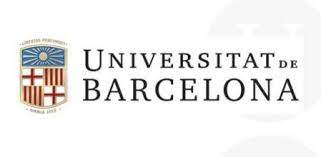 |
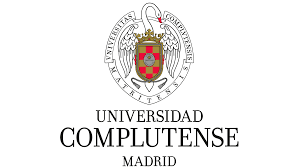 |
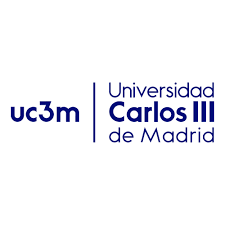 |
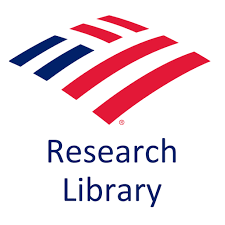 |
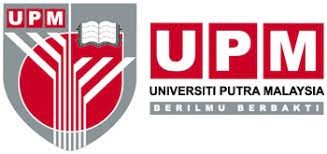 |
 |
|||
 |
|||||||||
| Specialty catalogs | |||||||||
 |
 |
 |
|||||||
| Index of journals | |||||||||
 |
 |
